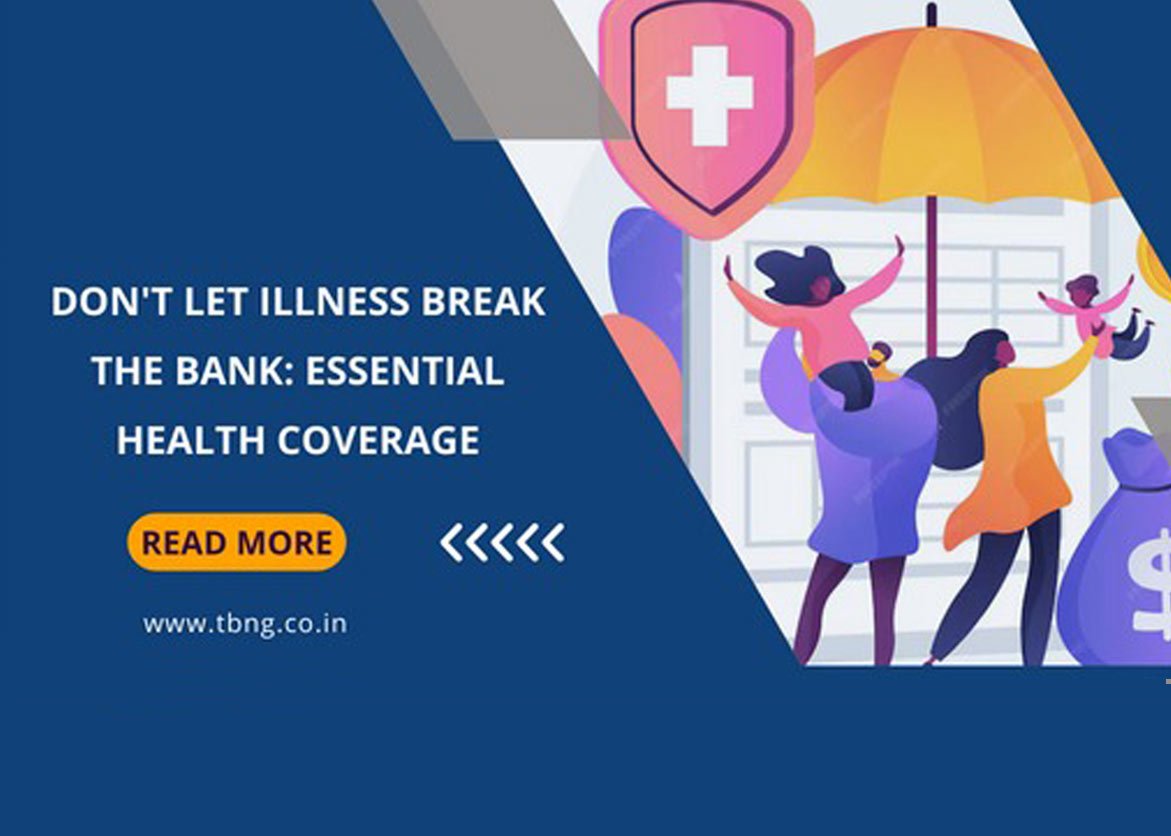Don’t Let Medical Bills Break the Bank: A Guide to Smart Health Insurance in India
World Health Day 2024’s theme, “My health, my right,” highlights the importance of accessible healthcare. In India, where millions lack health insurance, this right can feel distant. With rising medical costs, even a simple hospitalisation can derail your finances. Here’s how to strike the right balance between affordability and adequate coverage:
Rising Healthcare Costs Demand Higher Coverage:
A 2023 study by ASSOCHAM-TechSci Research suggests that India’s healthcare expenditure will reach a staggering US$50 billion by 2025! This inflation directly impacts hospitalisation costs. Remember, the ₹5 lakh cover that might have seemed sufficient a few years ago may no longer be enough.
How Health Insurance Provides Vital Protection
Manages Medical Costs: Say goodbye to draining your savings for unexpected medical bills. Health insurance covers hospitalisation, daycare treatments, and more.
Tackles Pre- and Post-Hospitalization Expenses: Get peace of mind knowing those crucial pre-diagnosis and recovery costs are covered, too.
Addresses the Rise of Lifestyle Diseases: Even with healthy habits, diseases like diabetes and heart issues are a threat. Health insurance offers a financial safety net.
Provides Security During Uncertain Times: We live in a world where unforeseen health risks can appear. Insurance gives you a crucial layer of protection.
Offers Tax Benefits: Health insurance doesn’t just safeguard your health – it also offers potential deductions under Section 80D of the Income Tax Act.
To ensure your family has the best coverage, let’s dive into some key considerations when choosing a health plan.
Start with a Minimum of ₹10 Lakh, but Personalise:
Starting with the suggested ₹10 lakh coverage is a good idea, but keep your needs in mind as well. A young adult with a healthy lifestyle might be comfortable with a ₹10 lakh family floater plan. However, a family with older members or a history of chronic conditions might require individual coverage of ₹10 lakh or more.
Location Matters: Consider City-Specific Costs:
There is undoubtedly a regional variation in the cost of healthcare. Mumbai and Delhi can be significantly more expensive than smaller cities. Research average treatment costs in your city to determine the sum insured that offers peace of mind.
Beyond the Basics: Critical Illness Coverage is Crucial:
Standard health insurance plans often focus on hospitalisation costs, leaving you vulnerable to the financial burden of critical illnesses like cancer or heart disease. In India, a staggering one in six deaths is attributed to critical illnesses, according to the latest data from the Global Burden of Disease Study. These conditions often require extended and expensive treatments, placing a significant financial burden on families already grappling with loss. Consider a critical illness rider on your plan or a separate critical illness policy to safeguard yourself financially during such an ordeal.
₹1 Crore Cover: Think Long-Term Affordability:
While a ₹1 crore cover might seem tempting, remember, health insurance premiums rise with age and medical history renewals. Consider a combination of a base plan with a top-up cover for increased coverage without breaking the bank in the future.
Remember, Renewals and Reviews are Key:
Your health needs change over time. Review your health insurance plan every 3-5 years. Consider factors like age, health status, lifestyle changes, and family needs to adjust your coverage accordingly. Don’t be afraid to shop around for better deals, but prioritise reputable insurers with a proven claim settlement record.
By following these tips, you can create a health insurance plan that nit only protects your health but also your finances. Remember, “My health, my right” shouldn’t be a slogan; it should be a reality for every Indian citizen.






